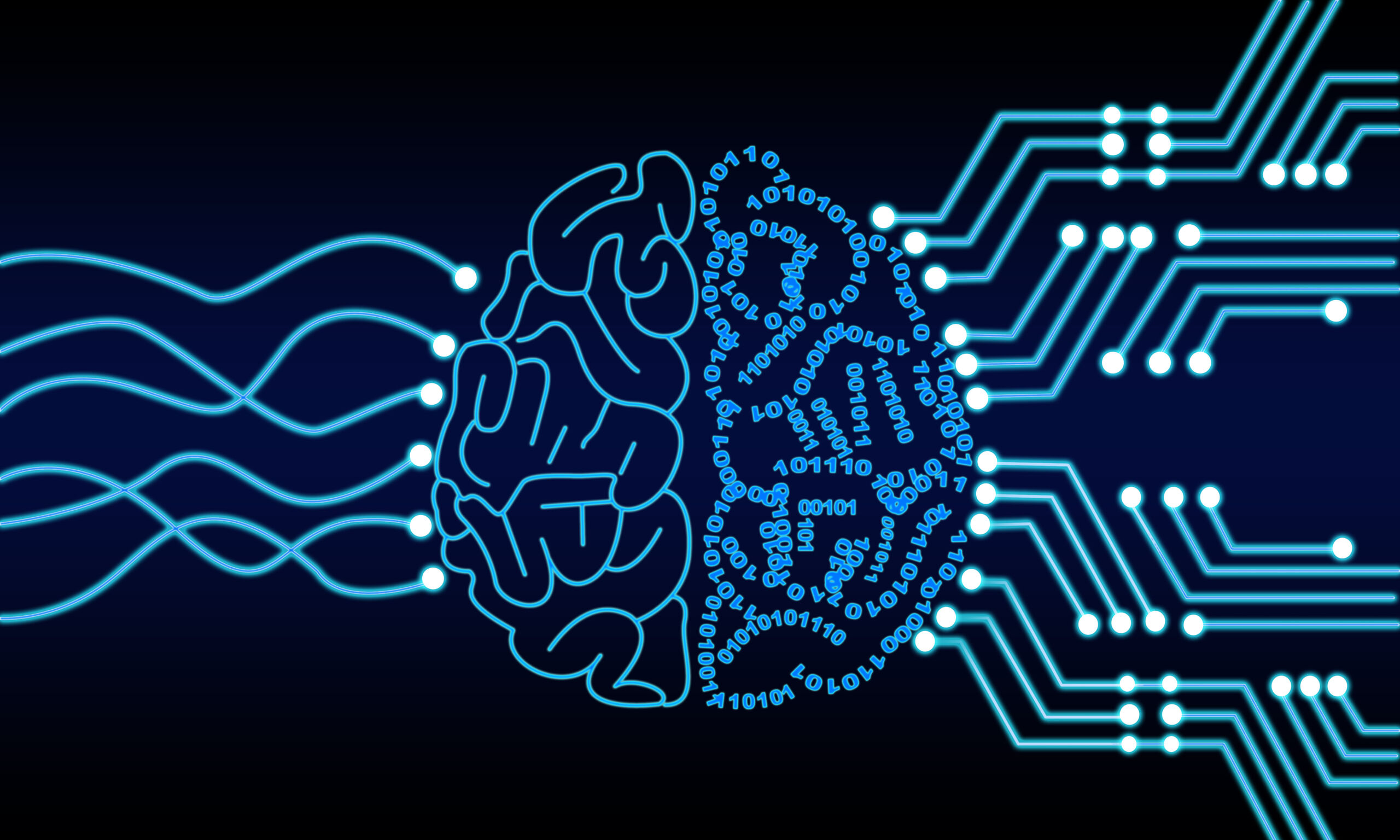Three ways AI can elevate your tax workflow
If you’re part of a small or medium-sized tax and accounting firm, you may think artificial intelligence (AI) solutions are solely designed for large organizations – but think again. To succeed in an increasingly competitive landscape, forward-thinking accounting firms of all sizes are harnessing the power of AI to automate their tax workflows, thus boosting efficiency, empowering staff, and wowing clients.
By incorporating the latest technology, accounting firms can manage their tax compliance obligations more efficiently, while also providing staff with the tools and resources they need to stay informed and maintain a work-life balance. With more accurate returns completed in less time, an increasing number of firms are shifting their focus from tax compliance to advisory services—a move that strengthens client relationships and increases profitability.
To learn more, let’s take a look at three ways accounting firms can use AI as a competitive advantage.
- Boost tax workflow efficiency through automation
- Empower and engage staff
- Wow clients with enhanced services
1. Boost tax workflow efficiency through automation
Tax compliance processes are uniquely positioned to benefit from AI as they are made up of a network of patterns like standardized forms and prior-year data.
By driving efficiency through automation, accountants can optimize the 1040 process. This means source documents are bookmarked and organized into a standardized work paper index that follows the order of the tax return. Preparers don’t have to painstakingly assemble tax work papers thanks to automated scan-and-organize functionality. Data entry is also reduced or eliminated entirely through scan-and-populate tax software and the ability to auto-verify OCR source document data.
In short, AI can eliminate human error, detect discrepancies, and provide an audit trail for every user action. The result is significant time-savings that can be redirected towards more strategic and profitable work.
2. Empower and engage staff
To remain competitive in today’s talent market, staff recruitment and retention are key—and AI plays an important role in keeping team members engaged and productive.
Tax work paper software powered by AI can improve staff members’ daily work by minimizing review time and standardizing work paper preparation. Because reviewers bill time at the highest rate, the review is the most expensive phase of the 1040 income tax process. Technology reduces review time for managers and partners by facilitating detailed work paper preparation at the staff level. Adopting this high-leverage model can increase your firm’s profitability—and your staff’s engagement.
Further, by using technology to improve work-life balance through remote accessibility, your firm becomes more attractive to top talent. In a high-tech workplace, tedious, manual work is eliminated and instead, your staff can begin to provide clients with more strategic advisory services. The result is more meaningful work that increases job satisfaction and employee retention.
To stay up to date on all things AI at Thomson Reuters, sign up here
3. Wow clients with enhanced services
As we all know, offering modern conveniences improves client service.
Imagine enabling taxpayers to upload their tax documents throughout the year and creating an automated document request list based on the proforma data in your tax software. Both your staff and your clients can easily see which documents have already been uploaded to the tax client portal and which are still outstanding. Clients can render KBA e-signatures, make tax payments, and pay their invoices directly.
Sounds great, right? Advanced 1040 taxpayer collaboration software makes it possible.
With a streamlined and convenient tax compliance process that wows your clients, your firm can up its game even further by using AI to identify potential deductions and tax credits, predict future tax liabilities, and provide more accurate forecasting.
Do It Like Last Year (DILLY) is an AI process that uses Computer Vision (CV) and Natural Language Processing (NLP) to identify documents, even if they change. DILLY can recognize a tax document from previous years, remember the preparer’s past actions, and preemptively reference the correct field. After one tax season, DILLY compiles enough information to begin performing useful tasks, becoming more responsive and intuitive as time goes on.
The impact of AI on the future of accounting
Whether large or small, innovative accounting firms are using AI to significantly reduce time-consuming, manual, and repetitive tasks. This transformative change can reignite the passion for the tax and accounting profession with a newfound focus on creative problem-solving, strategic advisory services, and sustainable client relationships. Firms that embrace AI will succeed not only in terms of productivity but in profitability and personal satisfaction.
Interested in learning more about tax workflow automation?
Interested in learning more about tax workflow automation?






